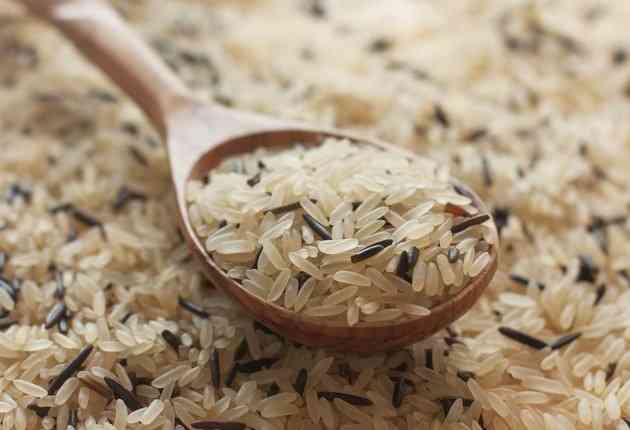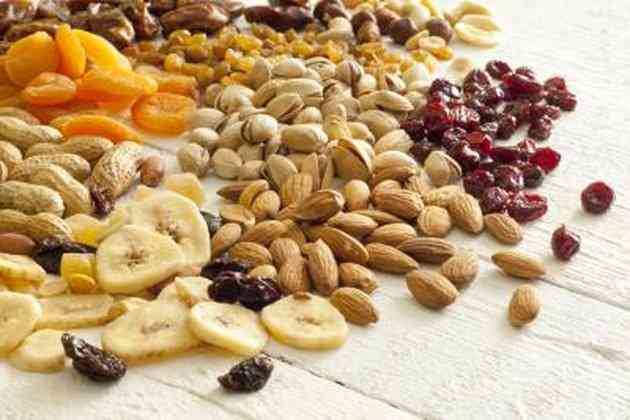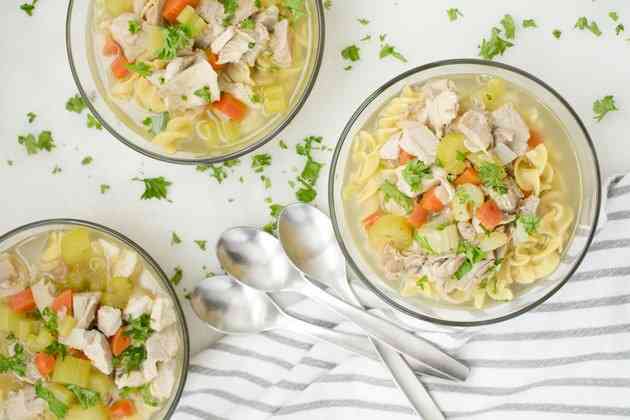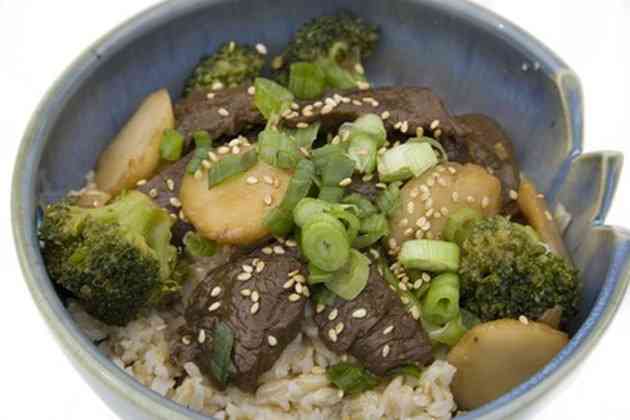The Best Foods to Eat Post Laparoscopy

Knowing what to expect after a laparoscopy helps ease potential anxiety. During a laparoscopic procedure, a camera-like instrument is placed through an incision in the abdominal wall to examine organs or to assist with surgery. Numerous procedures are done in this manner, including surgeries on the digestive system and female reproductive organs.
 Following a laparoscopy, you may be able to eat ice pops right away, but hold off on fresh citrus till you've transitioned to a regular diet. (Image: Flavia Morlachetti/Moment Open/GettyImages)
Following a laparoscopy, you may be able to eat ice pops right away, but hold off on fresh citrus till you've transitioned to a regular diet. (Image: Flavia Morlachetti/Moment Open/GettyImages)Doctors typically recommend a liquid diet after laparoscopy to give your digestive system time to heal. You'll generally work back up to a normal diet slowly. But be sure to follow your doctor's diet recommendations regarding the progression of your diet to prevent stomach upset.
Read more: Types of Diets in Hospitals
Starting With Clear Liquids
You may receive specific instructions concerning your diet before you leave the hospital, but the best foods to eat after laparoscopy are those that are the easiest to digest. Typically, you'll follow a clear liquid diet on your first day. Good options for this phase include ice pops, plain gelatin, broths and juices such as apple, grape and cranberry.
Begin slowly and pay attention to any digestive discomfort. Taking small sips of between 2 and 4 ounces helps to prevent you from feeling too full. The clear liquid diet is easy to digest and a good way for you to stay hydrated, but it's low in protein, vitamins and minerals.
Moving to Full Liquids
As your bowels start returning to normal, you can progress with your diet but only at the direction of your physician. Once you're on full liquids, you'll have more options from which to choose. Good foods for this phase include all foods from the clear liquid phase, with the addition of foods such as yogurt, sherbet, milk, pudding, custard, strained creamy soups and cream of rice cereal.
Go slowly with dairy to assess your tolerance. If you find that you're sensitive to dairy, choose lactose-free options. The consistency of foods during this phase must be smooth, so avoid foods with nuts and seeds.
Progressing to Soft Foods
Before returning to your normal diet, you'll likely progress to soft foods. Foods on this phase are soft in consistency, and you can also puree them if necessary. The best options are finely ground or tender-cooked meat, fish and poultry; soft, mildly flavored cheeses; soft-boiled potatoes; smooth peanut butter; noncitrus canned or cooked fruit; and cooked or canned vegetables.
To reduce digestive discomfort, avoid eating citrus fruits and gas-producing foods, such as broccoli, cabbage, cauliflower and Brussels sprouts.
Transitioning to a Regular Diet
Depending on the type of laparoscopy you have, you may go through only one or all of three dietary phases. For example, after laparoscopy for endometriosis, you'll usually follow a liquid diet the first day after the procedure and return to your normal diet by the second day. Procedures involving the digestive tract may require focusing on easy-to-digest foods for a longer time.
To reduce the complications of transitioning to a regular diet, take small bites and avoid high-fat foods. Some prescription pain medications can cause constipation, so if you're taking any, try to drink enough fluids to keep your bowels moving. Follow your physician's diet orders carefully after a laparoscopic procedure and call the doctor's office if you have any questions or concerns.
Read more: Three Day Diet Menu Before Surgery




